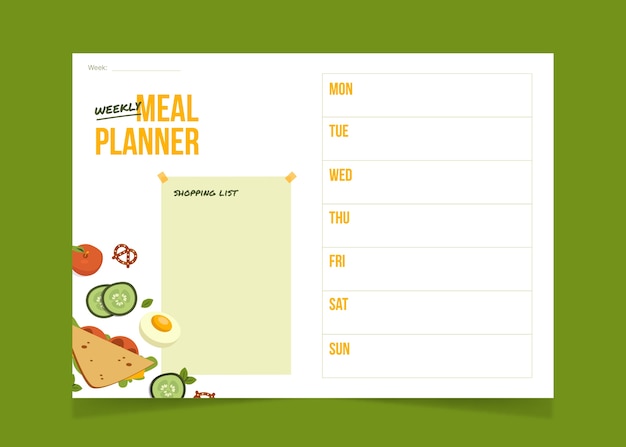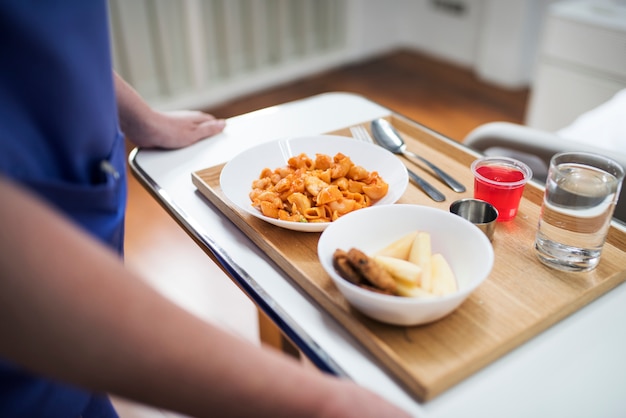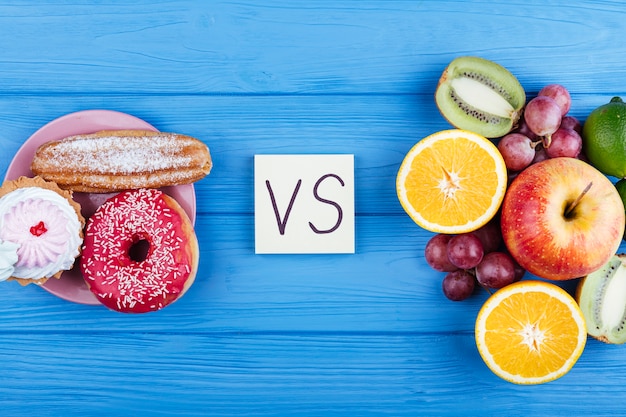If you're spending most of your day at a desk but training hard to build muscle, your hormonal balance could be working against you. Cortisol spikes, low testosterone, and insulin resistance are common issues for sedentary professionals aiming for muscle gain. The solution? A strategic weekly meal prep plan designed not just for protein intake, but for hormonal harmony.
This coach-approved blueprint gives you clarity on what to eat, why it works, and how to adapt it—specifically for muscle-focused individuals with desk-heavy lifestyles.
Muscle growth isn’t just about lifting weights and eating protein. It’s deeply tied to your hormones—testosterone, insulin, cortisol, and growth hormone. Chronic sitting, poor sleep, and erratic eating can disrupt these, making it harder to gain lean mass and easier to store fat.
For desk-based lifters, the double challenge is clear: limited movement during the day increases inflammation and insulin resistance, while stress elevates cortisol, which breaks down muscle tissue. A well-structured meal prep plan counters these issues by stabilizing blood sugar, supporting anabolic hormone production, and reducing systemic stress.

This plan emphasizes nutrient timing, macronutrient balance, and anti-inflammatory foods. It’s built around three core principles:
Breakfast (Post-Movement): After light mobility or a short walk, eat a combo of protein, fiber, and healthy fats. Example: Scrambled eggs with spinach, avocado, and a slice of sprouted grain toast.
Lunch (Pre-Work): Focus on complex carbs and lean protein. Example: Grilled chicken with quinoa, roasted sweet potatoes, and steamed broccoli.
Dinner (Recovery-Focused): Prioritize protein and healthy fats with low-glycemic carbs. Example: Baked salmon, asparagus, and wild rice.
Snacks (Movement Anchors): Use snacks as cues to stand and stretch. Options: Greek yogurt with berries, almonds and an apple, or a protein shake with flaxseed.

No two schedules are the same. Here’s how to personalize this blueprint:
Have a small carb-protein snack pre-workout (e.g., banana with almond butter), then follow with a full breakfast post-training to maximize recovery.
Shift carb intake to dinner. A higher-carb post-workout meal helps replenish glycogen and supports sleep through insulin’s calming effect on the brain.
Use legumes, tofu, tempeh, and seitan as protein sources. Combine with whole grains to ensure complete amino acid profiles. Add flax and chia for omega-3s.
Swap common allergens (dairy, gluten) with alternatives like coconut yogurt or quinoa. Focus on whole, single-ingredient foods to minimize reactions.

Meal timing can double as movement cues. Every time you eat, take 2–3 minutes to stand, stretch, or walk. Try:
These micro-movements improve circulation, reduce cortisol, and enhance insulin sensitivity—making your meal plan even more effective.
With this hormone-focused meal prep strategy, you’re not just feeding your muscles—you’re fueling your entire physiology for strength, energy, and long-term health.

Fitness

Fitness

Fitness

Fitness

Health

Wellness

Wellness

Wellness

Wellness

Wellness

Health

Health

Health

Fitness

Health

Health